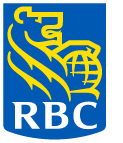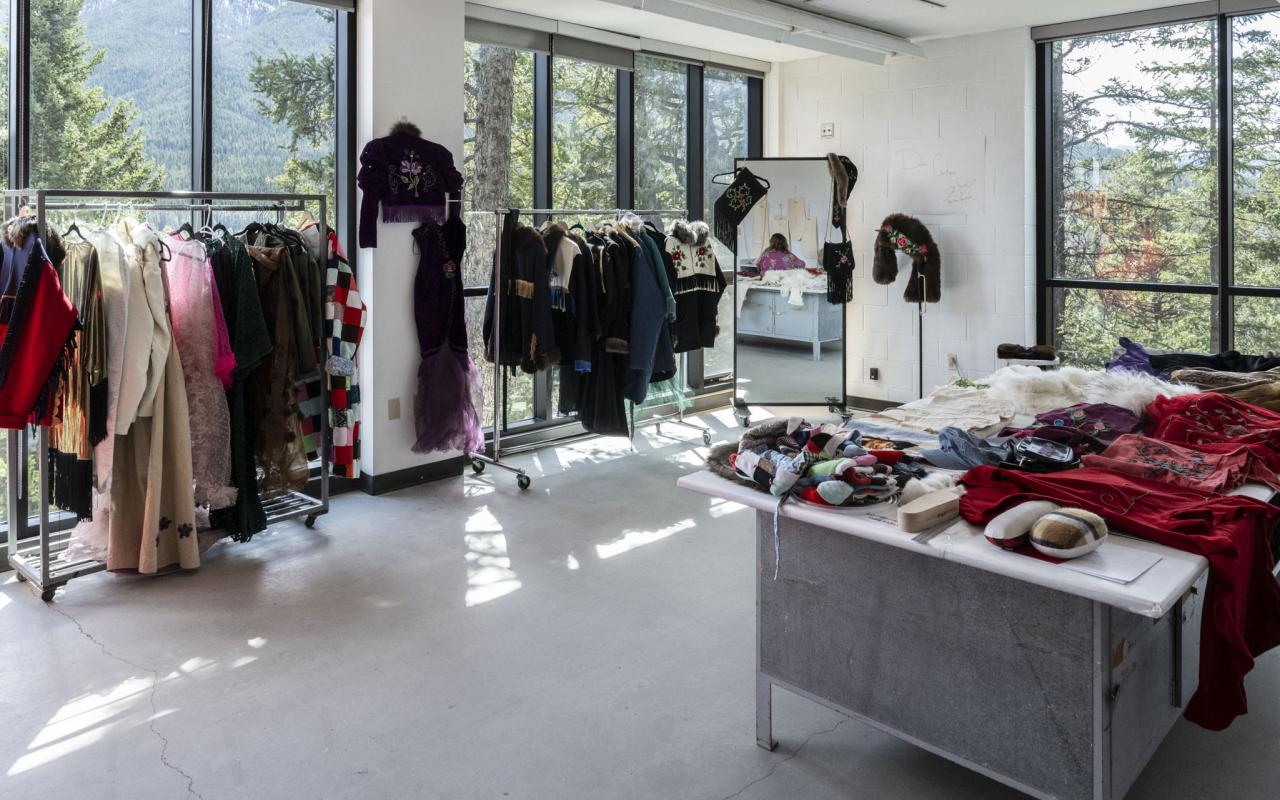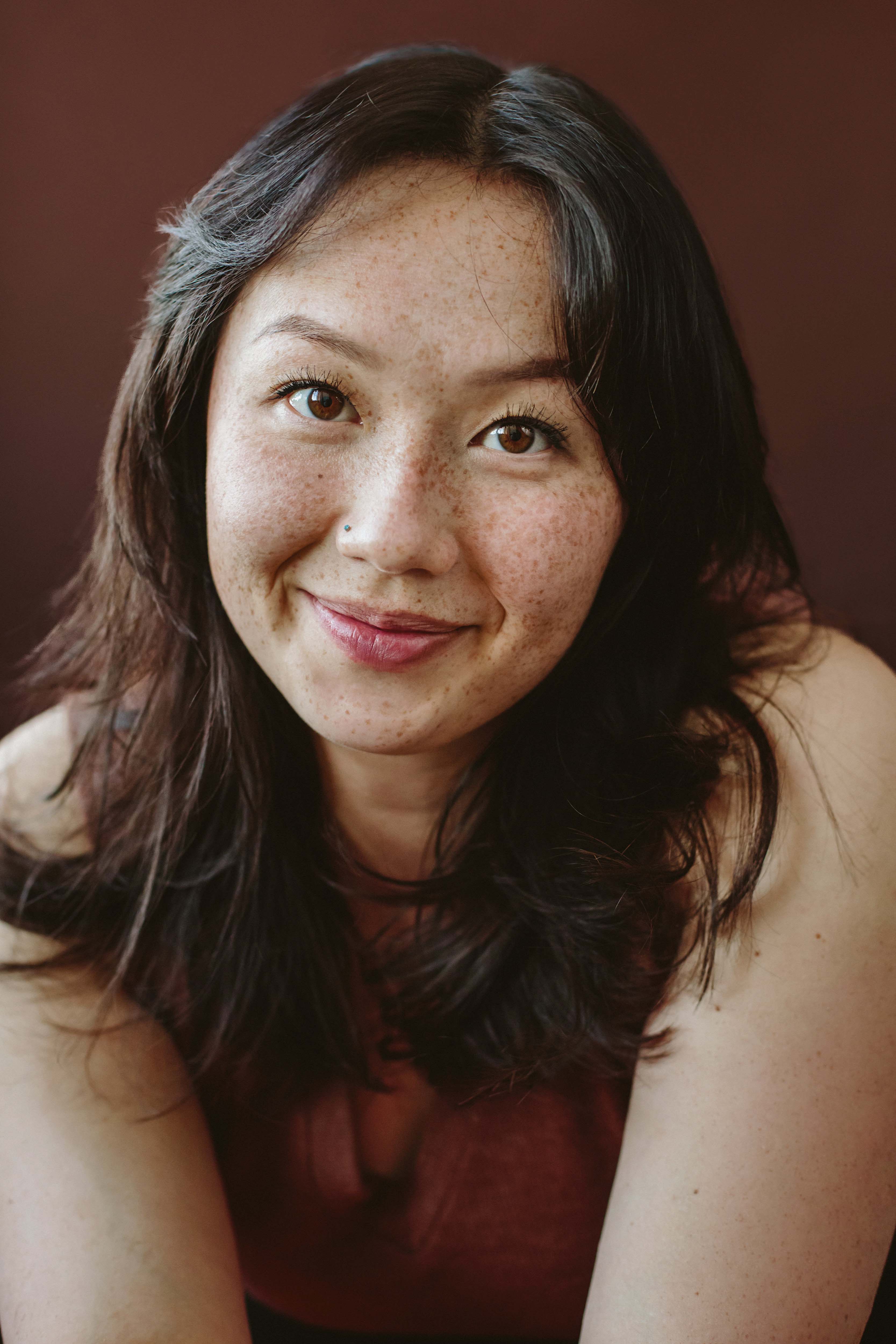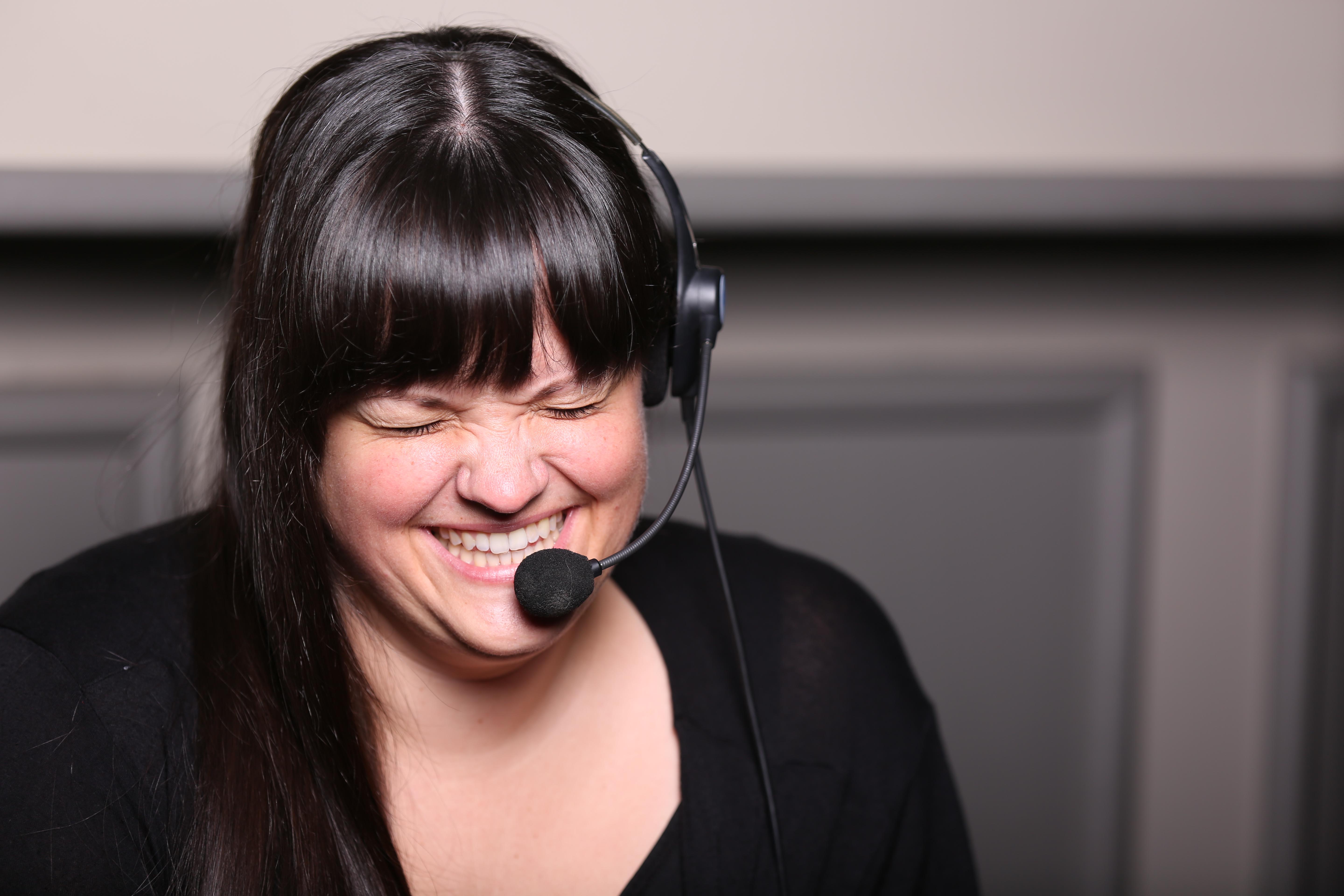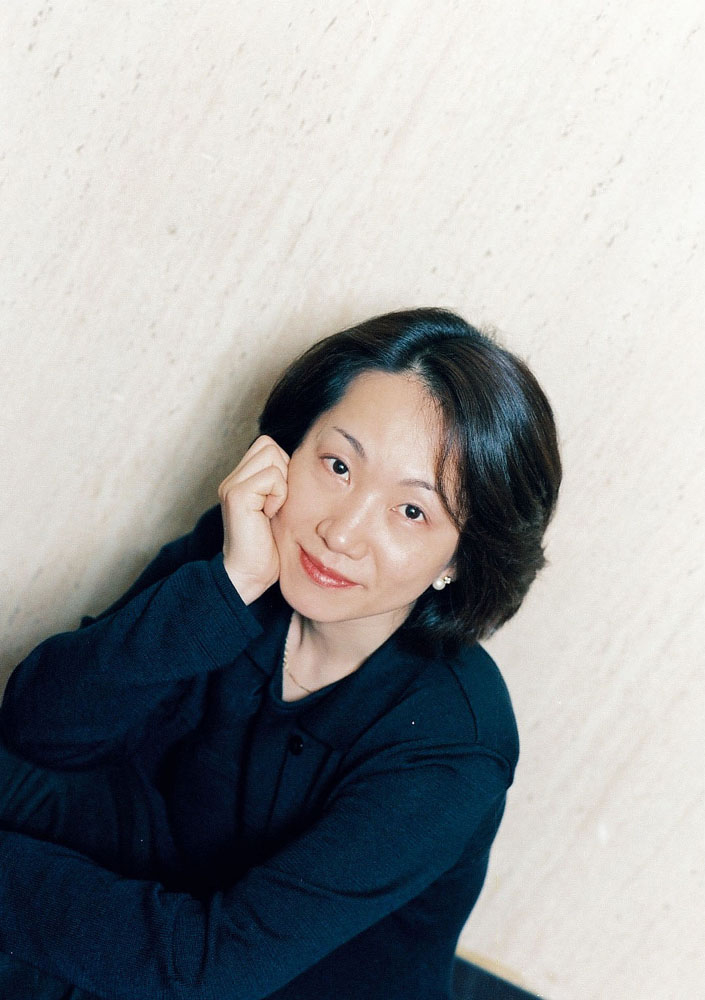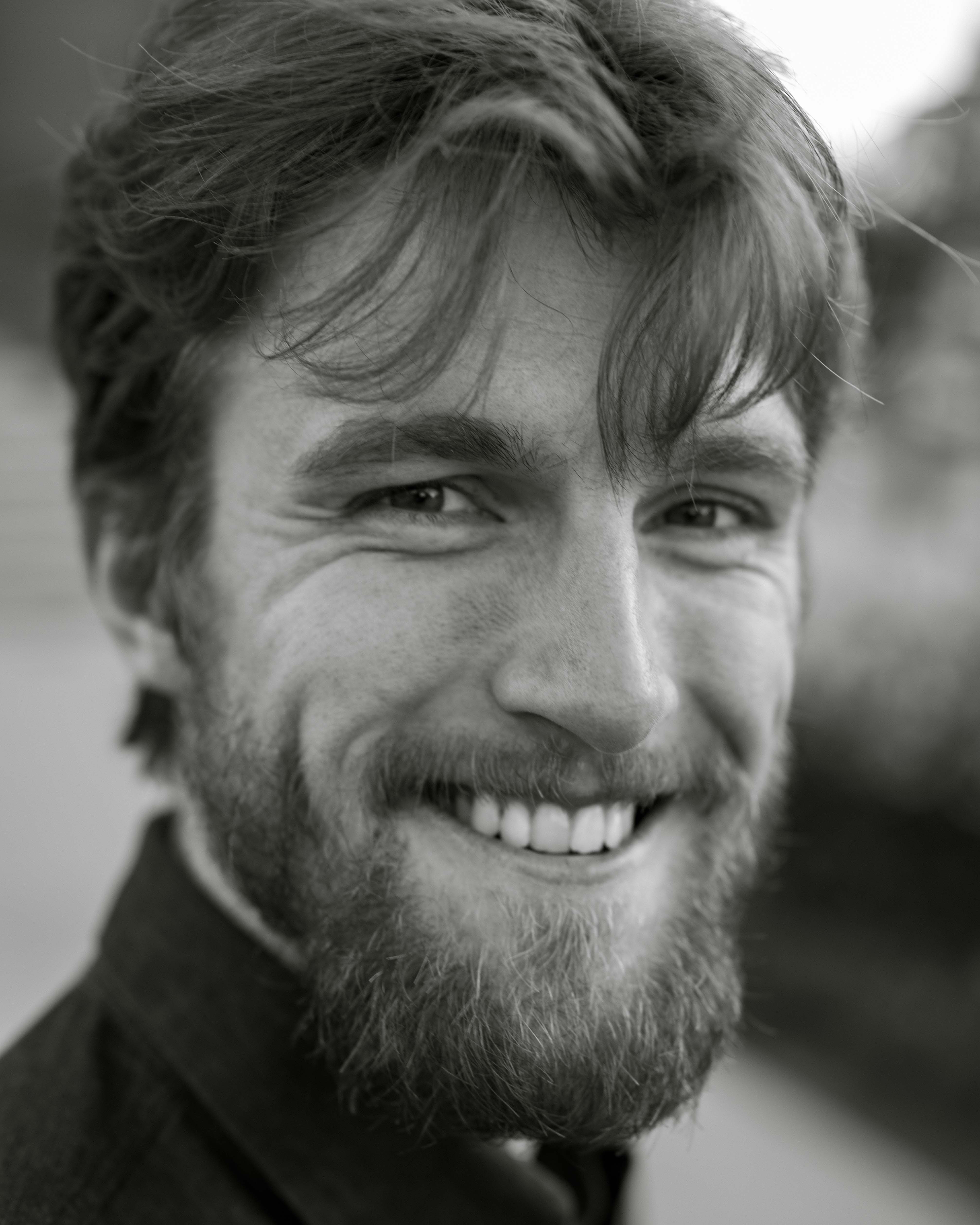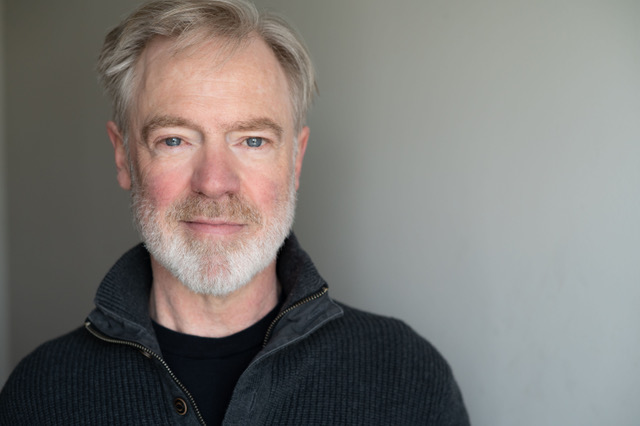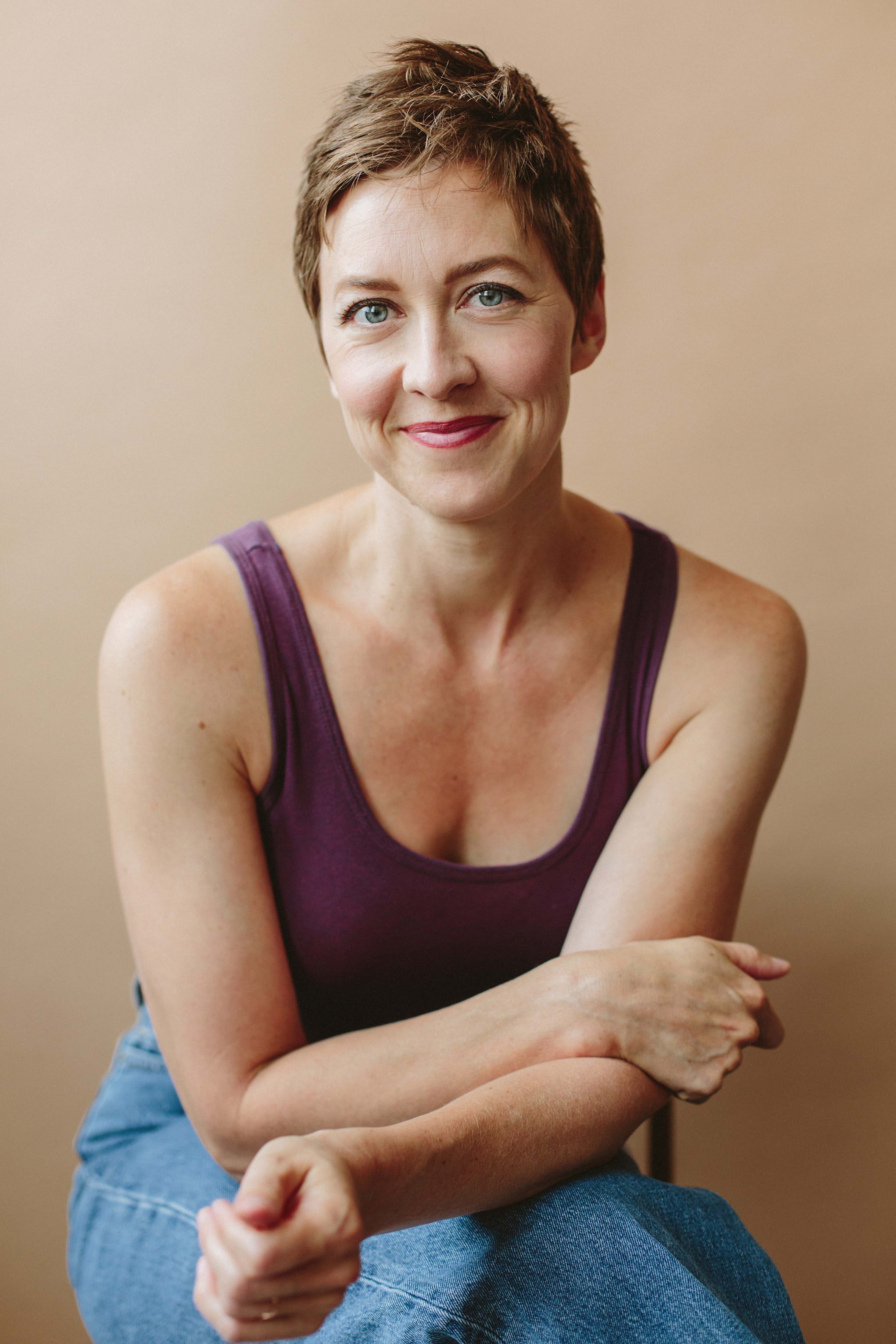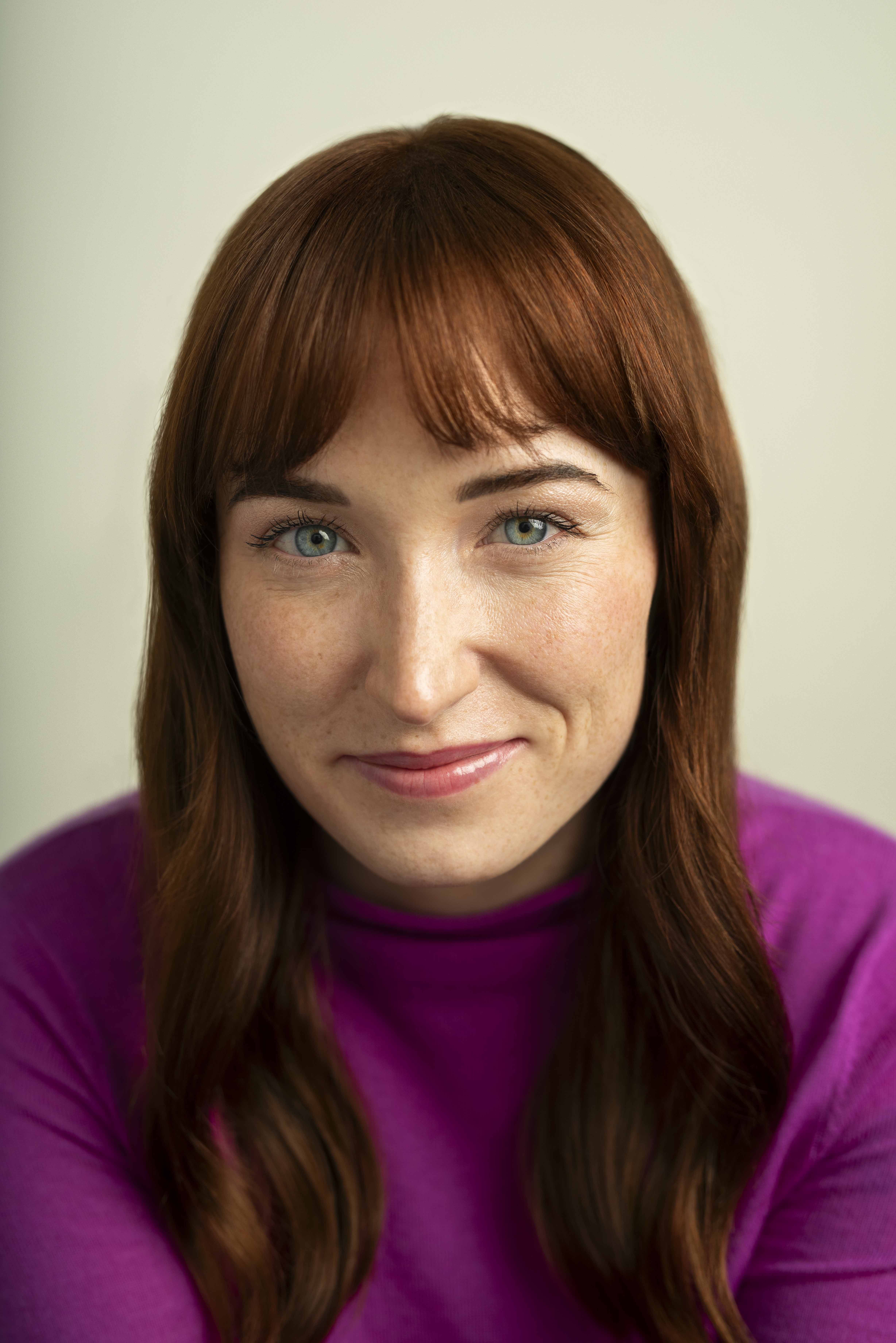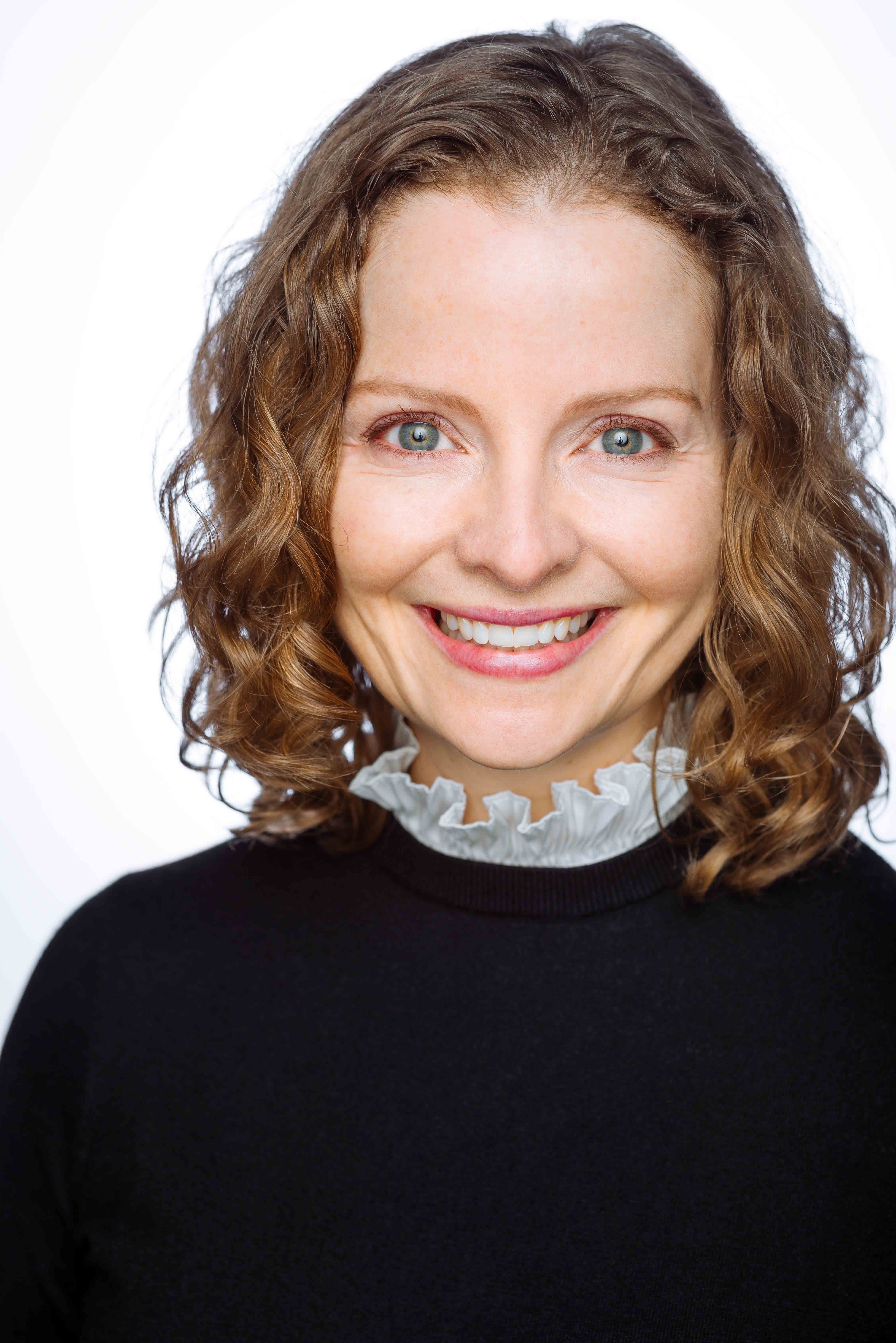
fullwidth padding
Jah’kota is an Afro-Indigenous artist and entrepreneur. His father is from Kingston Jamaica and his mother is Nakota Assiniboine, signatories to Treaty 4. He was born and raised in Winnipeg and now lives full time on Ocean Man First Nation in Saskatchewan.
Jah'kota has had two songs reach number one on the Indigenous music countdown and has been nominated for multiple awards including the Indigenous Music Awards 2019, the Native American Music Awards 2024, and the SaskMusic Awards 2025.
Justin “Jahkota” Holness uses music as a way to amplify the message of self-determination and to empower the welfare of people and the planet.
